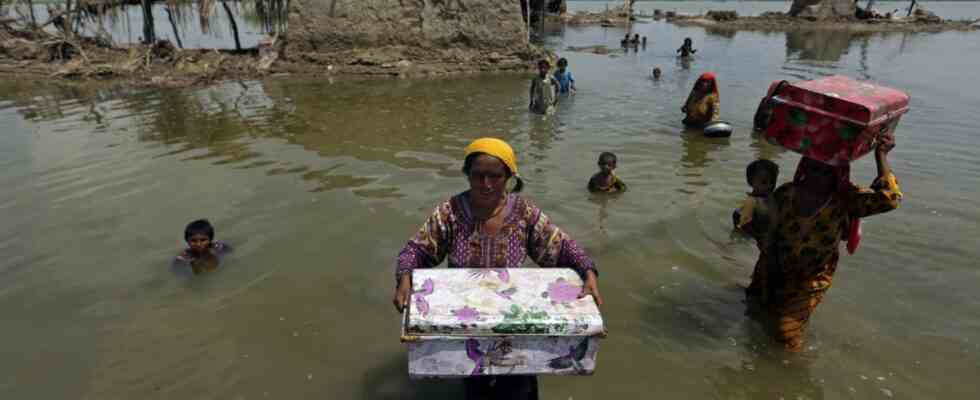The recent earthquake in Turkey and Syria has already claimed more than 50,000 lives and the number of confirmed deaths is still rising every day. Many people would probably still be alive if the building had been made more earthquake-proof and more had been invested in civil protection in the region. But like one now published report shows, it would have hit many other regions very hard as well. The world is therefore extremely inadequately prepared for natural disasters such as earthquakes, floods, droughts or storms. At the same time, as a result of the ecological and climatic crisis, the damage caused by such extreme events is increasing.
The balance was drawn up by the Paris-based scientific organization “International Science Council” (ISC) at the halfway point of the so-called “Sendai framework for disaster risk reduction”. This agreement at UN level envisages substantially reducing the risks caused by natural hazards between 2015 and 2030, avoiding new risks and strengthening resilience to extreme events.
The world is a long way from these goals. “The magnitude of disasters and their impact on lives, livelihoods and ecosystems are increasing,” says the report. This undoes hard-earned developments in many parts of the world. Last year, 170 million people were affected by natural disasters on average each year. Between 2005 and 2015, that number was 48 million. In addition, the economic losses that can be attributed to such catastrophes are increasing in the long term, to around 350 billion euros per year.
Deaths from natural disasters are declining overall
In 2021 alone, 432 natural disasters were counted, and by 2030 there could be 560 natural disasters per year if the trend continues. Above all, the number of floods is increasing. The ISC writes that new combinations of stress factors, such as those caused by climate change, are increasing faster than expected.
At the same time, the experts emphasize that much better information is now available to be able to react to disasters. This has helped reduce the overall number of deaths from natural events. Between 2015 and 2020, an average of 42,000 people died in natural disasters every year, 15,000 fewer than the average of the previous ten years. Earthquakes are the deadliest disasters, causing every second death from natural events since 1990. The fact that natural deaths are declining overall, for example in extreme weather conditions, is due to better early warning systems and stronger civil protection.
Despite these advances, it is “very unlikely” that the Sendai framework’s goals will be met by 2030. Currently, only five percent of development aid for natural disasters goes into risk prevention. The majority is used for post-disaster reconstruction. The researchers warn that this relationship must change.
An example from Indonesia shows how many lives can be saved if places are well prepared. When a tsunami hit the island state in 2004, only seven people died on the island of Simeuluë with around 80,000 inhabitants. There were annual exercises for such an emergency. In the neighboring province of Aceh, which did not do this, around 150,000 of the slightly more than five million inhabitants died.

